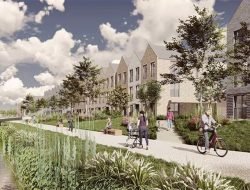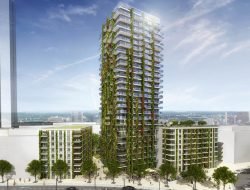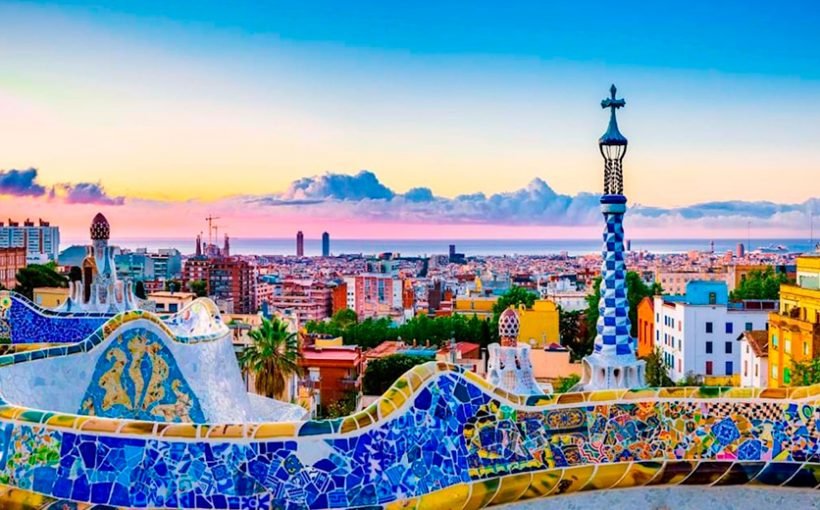Urban resilience responds to three global trends: climate change, urbanisation, and globalisation. The current context forces us to reconsider our habits. To address these challenges, big cities like Barcelona make commitments to their citizens, especially the most vulnerable ones. Urban resilience is a response to three global trends: climate change, urbanisation and globalisation.

© Raimond Klavins – Barcelona resilience
Climate change, pandemics, demographic trends… our metropolises are under intense pressure. Urban resilience is the ability of a city to adapt to these upheavals classified into two main categories: chronic stresses and acute shocks. “Acute shocks” are unpredictable and intense events (earthquakes, terrorist attacks, etc.), the impact of which is multiplied by “chronic stresses” (unemployment, dysfunctional public transport, etc.).
A fairer, greener and more efficient Barcelona
In a country as decentralised as Spain, local governments and large cities enjoy a great deal of autonomy but also often find themselves on the front line to respond to crises and the needs of their citizens. Since 2009, the Catalan capital has understood that cities are complex systems with interconnected components. Urban resilience requires integrated, inclusive, accountable and forward-looking solutions.

© Kaspars Upmanis – Barcelona
Barcelona collaborates with UN-Habitat to implement actions of this type, both on its territory and abroad. For Emilia Saiz, from Barcelona and Secretary-General of UCLG (United Cities and Local Governments), the largest global organisation bringing together cities and local and regional governments, “governance and resilience are two concepts that must be addressed in an integrated way to build sustainable cities”.
Three priority areas
The Catalan capital has developed a sustainable and inclusive development strategy. Its public investments are made according to three priorities: the right to housing and essential services, the development of public spaces (accessibility, health, uses and social cohesion) and the ageing of the population (urban seniors are the most vulnerable economically speaking).
This transformation work is essential to the transition from a reactive urban culture to a proactive one. The example of Barcelona should inspire other major cities to embark on the path of resilience, maximising investments and reducing the impact of shocks and stresses on their inhabitants.
Tags: climate, globalisation, urban resilience, urbanisation








































